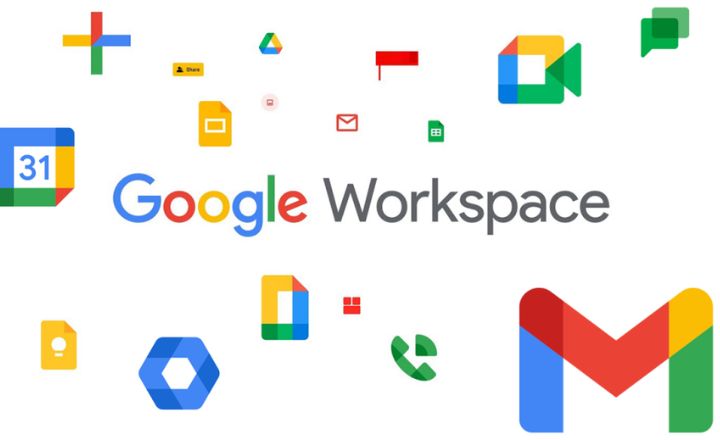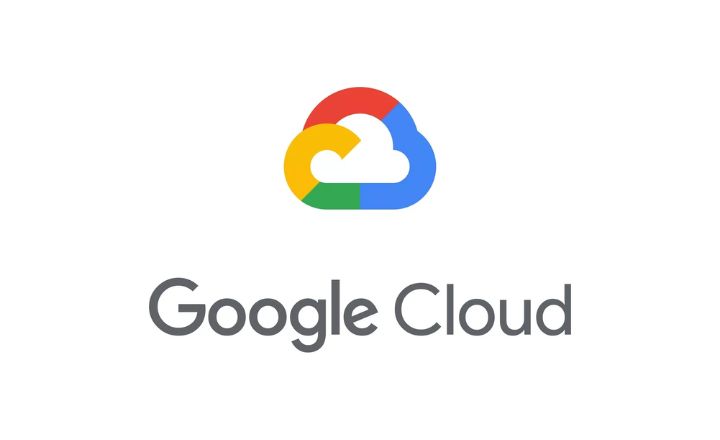The power and potential of cloud computing have revolutionized the way businesses operate and individuals interact with technology. From streamlining operations to facilitating collaboration on a global scale, the cloud has become an indispensable tool for innovation and efficiency.
This is the promise of cloud computing a virtual realm where resources are scalable, secure, and available at your fingertips. In this article, we will explore the top 7 most effective uses of cloud computing that are reshaping industries and driving transformative change in our increasingly interconnected world.
Top 7 most effective uses of cloud computing
Cloud computing has revolutionized the way businesses operate, offering a myriad of effective uses that range from cost savings to improved scalability.
1.Infrastructure-as-a-Service (IaaS) and platform-as-a-Service (PaaS)
Infrastructure as a service (IaaS) involves basic cloud computing and provide primary computing network and storage resource, including IT infrastructure, servers, database, and storage on, an on-demand pay-as-you-go basis.
It helps companies to save on the cost required for maintaining their IT infrastructure with the readily accessible cloud. There are many cloud service providers, but the top service providers include Amazon, IBM, google cloud, Microsoft Azure, and the cloud artificial offers IaaS with their cloud computing service.
Platform as a service (PaaS) provides an environment where users can develop, deploy, run, test, and manage applications in an easier way without much worrying about complexity.
There could be a need to follow some specific rules and restrictions of the platform, like using a particular programming language, data storage models, and programming frameworks. It is a complex form of cloud services; organizations switch to PaaS for the similar reason they see in IaaS.
2. Software as a service (SaaS)
Software as a service delivery model is offered by cloud service providers on a subscription basis. It allows users to access it online without painful installations and strict contracts. Software as a service SaaS allows easy implementation and quick update.
It is cost-effective for users to pay SaaS as they go rather than purchasing multiple software for different devices. SaaS service provider host and maintain the servers and database and enables data to be accessed from anywhere, anytime, with an internet connection.
3. Big data analytics
Big Data application analyses and provides helpful solutions to real-world problems. Industries face challenges in recording and extracting data on consumers pattern. Big data gives significant insights to businesses that can enhance business processes with big data analytics.
Cloud computing help companies to utilize structured, semi-structured, and unstructured data from different sources and the users interacting with them to benefit corporations. Data are more complex than ever because they are driven by social media platforms, mobile devices, and artificial intelligence.

It helps in providing buying behavioral patterns that can use for targeting. Businesses can drive information about consumers’ buying behavior and target them for advertising and marketing purposes to a particular segment.
4. Cloud storage
Cloud data storage is quickly accessible and secure; it could be in a private, hybrid cloud model. It allows files to be saved automatically in a cloud and can be accessed, stored, and fetched from anywhere and on any device with just a network connection.
Businesses only have to pay for the cloud storage they genuinely consume. Cloud storage enables companies to be productive and enhances business processes and speed, businesses can get all the information they need about their consumers at their fingertips.
5. Testing and development
Developing applications and building infrastructure for testing in a local environment can be costly and time-consuming. Cloud computing speed up these process and provides a more manageable, fastest, and cost-effective software or app testing and development environment with customization for specific needs.
Cloud providers give different tools to proceed with integration that makes development and testing simple and cost-effective.
6. Data backup and disaster recovery
Backing up data is a complex and time-consuming process, now restoring a backup becomes more accessible with cloud storage. Cloud provides a solution for quick recovery in case of a disaster more cost-effectively than the traditional method.

It allows off-site backup and replication of your production site while maintaining complete control, data availability, and configuration settings. Cloud offers a comprehensive, integrated, quick, and secure way to backup, replicate and restore data.
7. Communications, Media, and Entertainment
Some challenges in the communication, media, and entertainment industry is collecting, analyzing, and using clients’ imminent. Cloud computing offers the opportunity to accommodate technology and storage costs and gives insights to understand and examine the patterns of real-time media content utilization.
Digital assets can turn down the cost of Media and storage companies. Clients can get a too rich communication medium in various formats and on multiple devices. Cloud-based communication tools like email, calendars, and other messaging apps WhatsApp, skype are built on cloud infrastructure.
Conclusion
The cloud computing market is proliferating because of its outstanding technological solution. Most businesses or organizations are migrating to the cloud for better storage opportunities, flexibility, scalability, and numerous other features that the cloud offers.
Above mention, the top seven uses of cloud computing demonstrate the significance of using the cloud, and the future of cloud service seems astonishing with endless opportunities to explore.
Enfold the growing need for cloud computing with cloud artificial experts and accelerate your journey of cloud. Cloud artificial offers you the most reliable and secure cloud platform with deep expertise.













